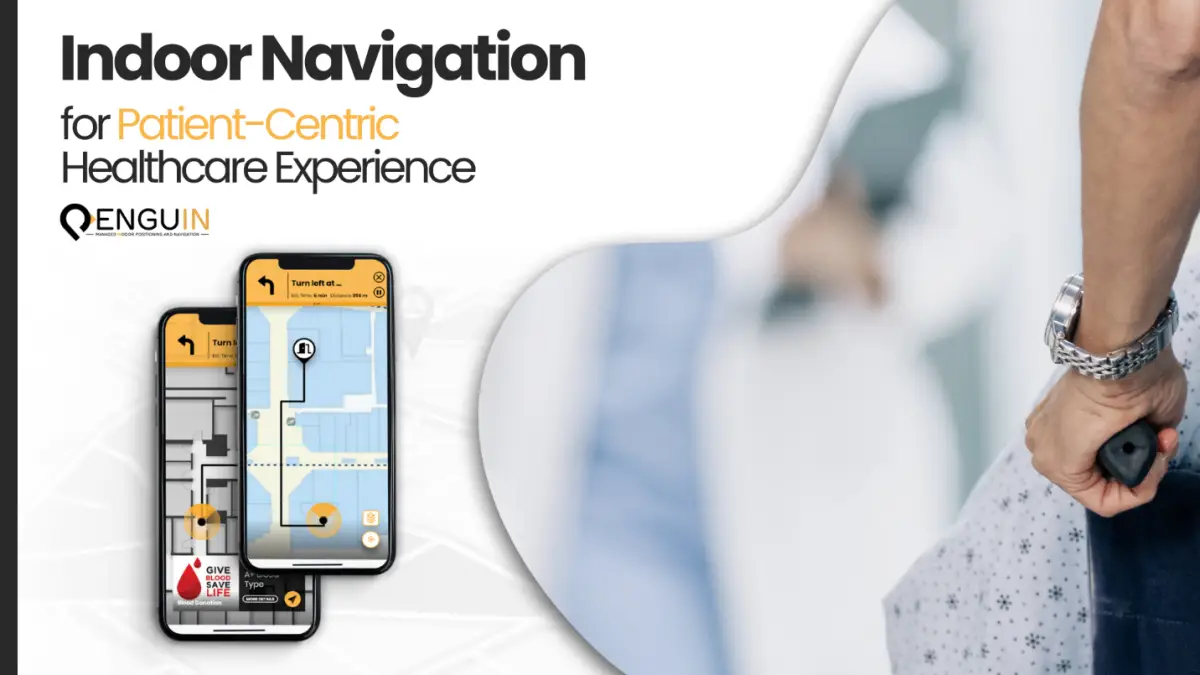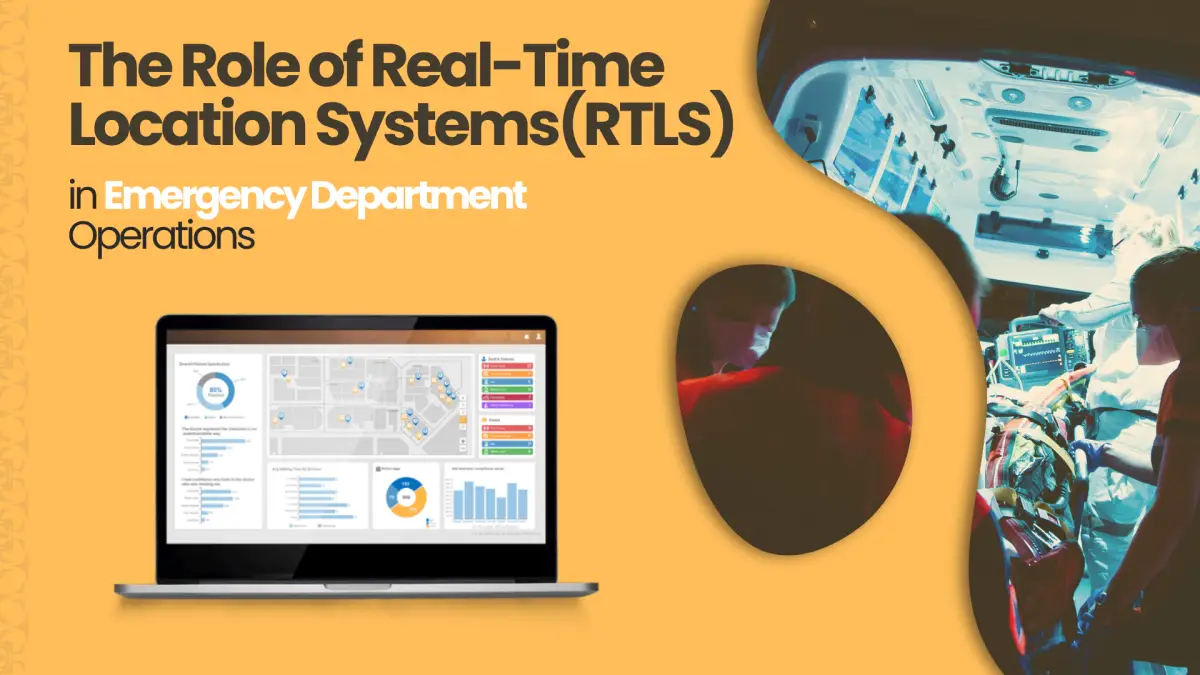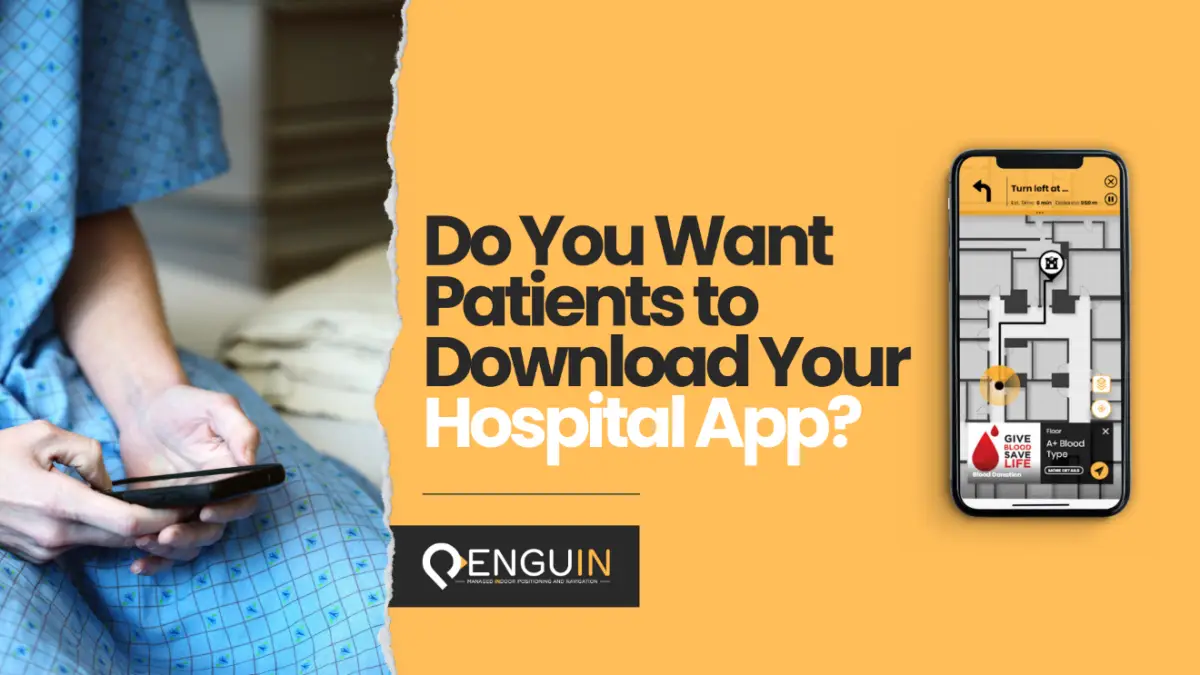Indoor Navigation & Indoor Wayfinding in Healthcare: Transforming Patient & Staff Experiences
In the pursuit of putting patients at the center of the healthcare experience, hospitals face the challenge of guiding individuals through large, complex facilities with multiple floors and sections. Even experienced healthcare workers sometimes encounter difficulties navigating hospital campuses. But patients, especially first-time visitors, often struggle the most.
Historically, hospitals relied on signage and front-desk guidance. While useful, these approaches had limitations and didn’t consistently provide reliable indoor navigation solutions.
Today, healthcare facilities are shifting toward smarter indoor navigation systems that leverage location data, Bluetooth-enabled applications, and intuitive indoor wayfinding technology to support patients, visitors, and staff alike.
Use Cases for Indoor wayfinding in Healthcare
Modern indoor navigation technology in hospitals offers a variety of benefits:
-
Seamless Patient Wayfinding: Real-time, step-by-step directions reduce stress and ensure timely arrivals.
-
Accessibility: Indoor navigation provides mobility-friendly routes and live updates.
-
Location-Based Messaging: Hospitals can deliver context-driven alerts and reminders.
-
EHR Integration: Linking navigation solutions with patient records enhances the digital healthcare experience.
-
Emergency Response: In Code Blue scenarios, navigation technology integrated with RTLS helps staff respond faster.
Benefits and Outcomes
Short-Term
-
Quicker patient flow, reduced wait times.
-
Lower stress for patients unfamiliar with the facility.
-
More efficient staff operations.
Long-Term
-
Improved patient loyalty.
-
Stronger hospital reputation with modern wayfinding solutions.
-
Streamlined operations, improved HCAHPS scores, and compliance.
Impact on Patients & Staff
Indoor navigation systems do more than guide— they reduce anxiety and improve transparency for patients. For staff, these solutions ease the onboarding process, improve satisfaction, and allow more focus on direct care rather than giving directions.
ROI of Indoor Navigation Systems
Hospitals adopting indoor navigation solutions see clear returns:
-
Cost Savings: Lower reliance on physical signage and maps.
-
Staff Efficiency: Automation reduces time spent guiding patients.
-
Revenue Growth: A better patient experience leads to loyalty and referrals.
Why BLE-Based Indoor Navigation Systems ?
Penguin Location Services delivers advanced indoor navigation technology powered by BLE (Bluetooth Low Energy). Key advantages include:
-
Accuracy: Sub-room precision.
-
Efficiency: Low maintenance, long-lasting beacons.
-
Scalability: Expandable networks for growing facilities.
-
Mobile Integration: Seamless use with hospital apps.
Get in Touch
Penguin Location Services specializes in indoor wayfinding systems and hospital wayfinding solutions. Our PenNav Indoor Wayfinding Solution integrates smoothly with hospital applications and IT infrastructure.
📩 Contact us at [email protected] to schedule a demo











